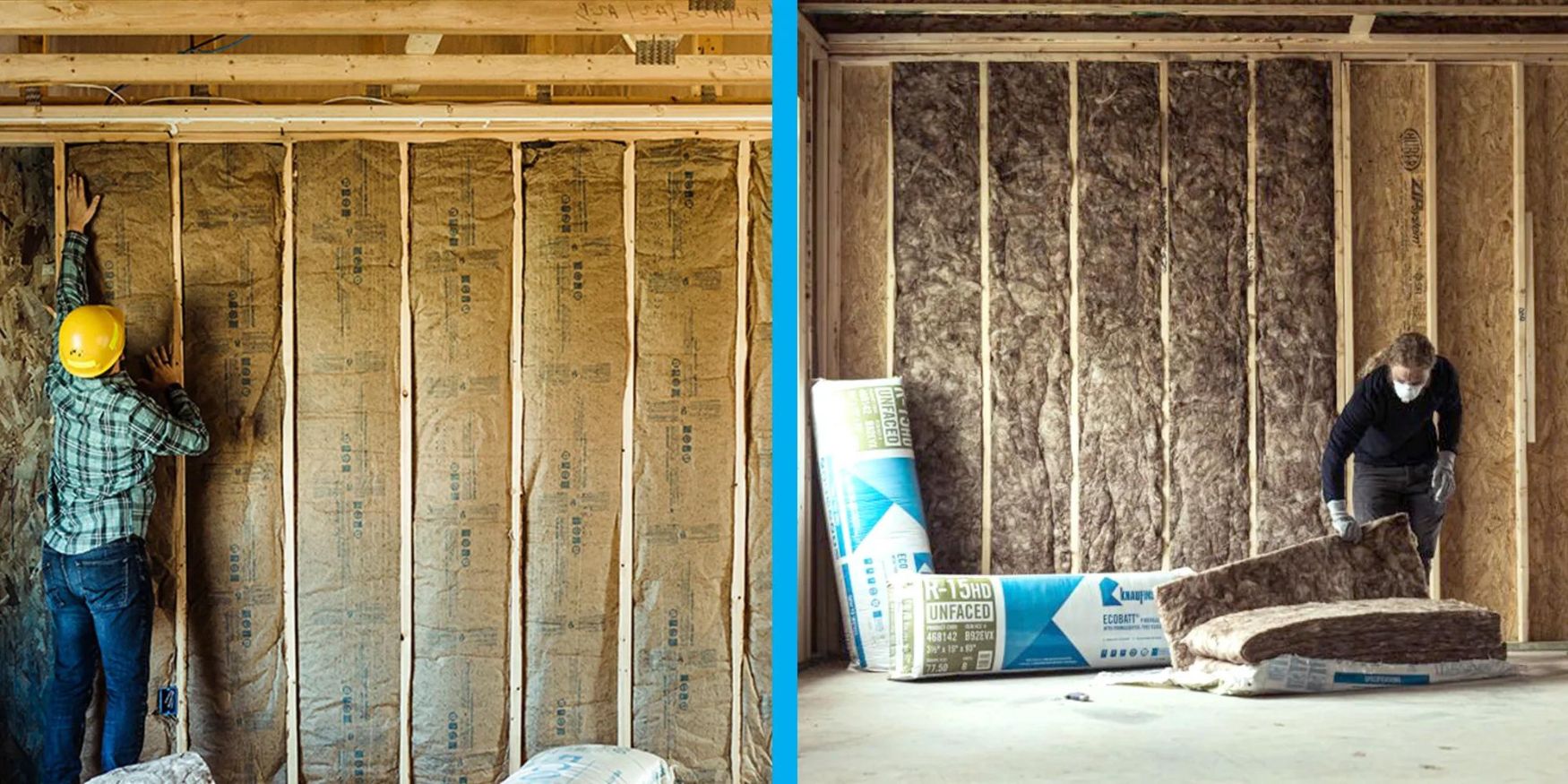

Articles
Which Way To Face Insulation
Modified: January 8, 2024
Looking for articles on which way to face insulation? Find expert advice and tips on proper placement and direction for maximum effectiveness.
(Many of the links in this article redirect to a specific reviewed product. Your purchase of these products through affiliate links helps to generate commission for Storables.com, at no extra cost. Learn more)
Introduction
Insulation plays a crucial role in creating an energy-efficient and comfortable living or working environment. It helps to regulate the temperature, minimize energy consumption, and reduce noise transmission. When it comes to installing insulation, one important consideration is whether or not to use facing material.
Facing insulation refers to the process of applying a protective layer to one side of the insulation material. This facing material can provide additional benefits such as increased durability, improved fire resistance, enhanced moisture control, and better thermal performance. However, the decision of whether or not to face the insulation depends on various factors, including the location, type of insulation, and specific needs of the space.
In this article, we will explore the concept of facing insulation in detail and discuss the different factors to consider when making this decision. We will also delve into the benefits of facing insulation, the various methods of facing, and the proper installation techniques. Lastly, we will provide guidance on choosing the right facing material for your insulation project.
By the end of this article, you will have a clear understanding of which way to face insulation and how to achieve optimal results for your specific needs.
Key Takeaways:
- Facing insulation offers benefits such as improved moisture control, increased durability, enhanced fire resistance, better thermal performance, and effective noise reduction. Consider factors like moisture control, fire safety, and budget when deciding whether to face insulation.
- Proper installation and maintenance are crucial for ensuring the effectiveness and longevity of faced insulation. Select the right facing material based on factors like moisture control, fire resistance, thermal performance, noise reduction, and budget to create energy-efficient and comfortable living or working spaces.
Read more: Which Way Does Insulation Face In Attic
Understanding Insulation
Before delving into the concept of facing insulation, it is important to have a basic understanding of insulation itself. Insulation is a material that helps to prevent heat transfer, keeping the desired temperature inside a space and minimizing the transfer of heat to the surrounding environment. It acts as a barrier, reducing the flow of heat between two areas with different temperatures.
There are various types of insulation available, including fiberglass, cellulose, rigid foam, and spray foam. Each type has its own unique characteristics, such as R-value (the measure of thermal resistance) and density.
Insulation is typically installed in walls, floors, ceilings, and roofs to prevent heat loss during the winter and heat gain during the summer. It is an essential component of energy-efficient buildings, helping to lower heating and cooling costs and reduce the carbon footprint.
Now that we have a general understanding of insulation, let’s explore the concept of facing and its relevance to insulation projects.
Factors to Consider
When deciding whether to face insulation or not, there are several factors to consider. These factors will help you determine the most suitable approach for your specific insulation project. Let’s take a closer look at these key factors:
- Moisture Control: If you are installing insulation in an area that is prone to moisture, such as a basement or a coastal region, facing the insulation can provide an additional layer of protection. The facing material acts as a vapor barrier, preventing moisture from seeping into the insulation and causing damage.
- Fire Safety: Depending on the location and building codes, you may need to consider the fire safety requirements for your insulation. Certain types of facing materials, such as foil-faced insulation, have a higher fire resistance and can help reduce the spread of flames in the event of a fire.
- Noise Reduction: Insulation can also aid in reducing noise transmission between rooms or from outside sources. The addition of a facing material, such as a mass-loaded vinyl or acoustical barrier, can further enhance the sound-blocking capabilities of the insulation, creating a quieter indoor environment.
- Thermal Performance: The type of insulation and the desired thermal performance will influence the decision to face or not to face. In some cases, an unfaced insulation product may provide sufficient thermal resistance. However, in colder climates or areas with extreme temperature fluctuations, facing the insulation can help improve its thermal performance by reducing air movement and heat loss.
- Cost and Efficiency: Another important factor to consider is the cost-effectiveness and efficiency of facing insulation. While facing materials can add an extra expense to the insulation project, they can also enhance the overall performance and longevity of the insulation. It is essential to weigh the potential benefits against the additional cost to determine if facing is a worthwhile investment.
By carefully considering these factors, you can make an informed decision on whether or not to face the insulation. Keep in mind that it is important to consult with professionals or insulation experts who can provide specific guidance based on your unique project requirements and local building codes.
Benefits of Facing Insulation
When considering whether to face insulation or not, it is important to understand the potential benefits that facing can provide. While not all insulation projects require facing, there are several advantages to consider. Let’s explore some of the key benefits:
- Moisture Control: One of the primary benefits of facing insulation is improved moisture control. The facing material acts as a vapor barrier, preventing moisture from permeating the insulation and causing issues such as mold growth or structural damage. In areas with high humidity or moisture-prone environments, facing insulation can be particularly beneficial.
- Increased Durability: Facing insulation enhances its strength and durability. The facing material provides an extra layer of protection, shielding the insulation from potential damage during installation or handling. It can also help prevent the insulation from sagging or settling over time, ensuring its long-term effectiveness.
- Thermal Performance: Facing insulation can contribute to improved thermal performance. The facing material helps reduce air movement and heat loss by creating a more airtight seal. This can be particularly advantageous in colder climates where maintaining indoor temperature is crucial for energy efficiency and comfort.
- Fire Resistance: Certain facing materials, such as foil-faced insulation, offer enhanced fire resistance properties. They can help slow down the spread of flames in the event of a fire, providing additional safety measures for your building. This can be especially important in commercial or multi-story buildings where fire safety regulations are stringent.
- Noise Reduction: If noise reduction is a priority for your insulation project, facing insulation can help. Adding a facing material that has soundproofing properties, such as mass-loaded vinyl, can significantly reduce the transmission of sound between rooms or from outside sources, creating a quieter indoor environment.
It is important to note that facing insulation may not be necessary for every project. The decision to face or not to face depends on various factors, as discussed previously. Consulting with insulation professionals or experts can help you determine the appropriate facing solution based on your specific needs and project requirements.
Methods of Facing Insulation
There are several methods by which insulation can be faced, depending on the type of insulation material and the specific requirements of the project. Here are some common methods of facing insulation:
- Kraft Paper Facing: Kraft paper is a common facing material used for insulation. It is typically used with fiberglass insulation batts. The paper is attached to one side of the insulation batts using adhesive or staples. The facing provides a vapor barrier and additional strength to the insulation.
- Foil-Faced Insulation: Foil-facing is another popular method of facing insulation, especially with rigid foam board insulation. Foil-faced insulation consists of a layer of aluminum foil adhered to one side of the insulation material. The foil acts as both a vapor barrier and a radiant heat reflector, effectively reducing heat transfer.
- Reflective Insulation: Reflective insulation is a type of facing that uses a reflective material, such as aluminum foil, to reflect radiant heat. It is commonly used in attic spaces to reduce heat gain during the summer months. Reflective insulation is often installed with an air gap to maximize its effectiveness.
- Foil-Scrim-Kraft (FSK) Facing: FSK facing is a combination of foil, a reinforcing scrim, and kraft paper. This type of facing is typically used with duct insulation or pipe insulation. FSK facing provides excellent fire resistance and durability, making it suitable for applications where these factors are important.
- Vapor Retarder Paint: In some cases, facing insulation can be achieved using a vapor retarder paint. This paint is specifically designed to provide a vapor barrier on the surface of the insulation. It is typically applied as a liquid and dries to form a protective coating.
It is important to follow the manufacturer’s guidelines and recommendations when facing insulation. Improper installation or the use of incompatible facing materials can compromise the effectiveness of the insulation and negate its intended benefits.
Additionally, it is worth noting that certain types of insulation, such as spray foam insulation, may not require facing as they inherently provide both thermal insulation and moisture control properties.
When selecting a facing method, consider the specific needs of your project, including factors such as moisture control, fire resistance, thermal performance, and budget. Consulting with insulation professionals can help ensure that you choose the most appropriate facing method for your specific insulation application.
When installing insulation, make sure the vapor barrier faces the warm side of the wall. In cold climates, this means the vapor barrier should face the interior of the building, while in hot climates it should face the exterior.
Read more: Which Way Should A Fence Face
Proper Installation of Faced Insulation
Proper installation of faced insulation is crucial for ensuring its effectiveness and maximizing the benefits it provides. Here are some important considerations for the proper installation of faced insulation:
- Prepare the Area: Before installing faced insulation, ensure that the area is clean, free from debris, and properly prepped. Remove any existing insulation or damaged materials that may hinder the installation process.
- Measure and Cut: Measure the length and width of the area where insulation needs to be installed. Using a sharp utility knife or insulation cutting tool, carefully cut the insulation to fit the desired dimensions. Take care to avoid compressing or stretching the insulation during this process as it can impact its thermal performance.
- Place the Insulation: Position the insulation in the designated area, ensuring that the facing material is facing the desired direction. Whether it’s a kraft paper or foil facing, make sure it is properly aligned and smooth. Use staples or adhesive to secure the facing to the supporting structure, taking care not to puncture or damage the facing material.
- Seal the Joints: To create an effective vapor barrier, it is important to seal any joints or gaps in the facing material. Use a compatible tape or adhesive recommended by the insulation manufacturer to seal the seams and ensure an airtight seal. This will help prevent moisture infiltration and maintain the insulation’s thermal performance.
- Consider Safety Measures: When working with faced insulation, it is important to take appropriate safety measures. Wear protective gloves, safety goggles, and a dust mask or respirator to protect yourself from any potential hazards. Follow the manufacturer’s instructions for handling, cutting, and installing the insulation.
- Consult a Professional: If you are unsure about the proper installation process or have specific requirements for your insulation project, it is advisable to consult with insulation professionals or contractors. They can provide expert guidance and ensure that the faced insulation is installed correctly and in compliance with relevant building codes.
Following these installation guidelines will help you achieve optimal results with your faced insulation. It is important to remember that improper installation can compromise the insulation’s performance, reduce its lifespan, and lead to potential issues such as moisture buildup or reduced thermal efficiency.
By taking the time to install faced insulation correctly, you can enjoy the benefits of improved moisture control, increased durability, enhanced thermal performance, and effective noise reduction.
Best Practices for Facing Insulation
When it comes to facing insulation, following best practices is essential to ensure its effectiveness and longevity. Here are some important best practices to consider:
- Select the Right Facing Material: Choose the appropriate facing material based on the specific requirements of your insulation project. Consider factors such as moisture control, fire resistance, thermal performance, and noise reduction to make an informed decision.
- Ensure Proper Alignment: During installation, ensure that the facing material is properly aligned and smooth. This will help maintain the integrity of the vapor barrier and prevent any potential gaps or overlaps that could compromise its effectiveness.
- Seal All Joints and Seams: Use compatible tape or adhesive recommended by the insulation manufacturer to seal all joints and seams in the facing material. This will help create an airtight seal, preventing moisture infiltration and maintaining the insulation’s thermal performance.
- Follow Manufacturer’s Guidelines: Always consult the manufacturer’s instructions for the specific facing material you are using. Follow their recommended installation techniques, including cutting, fastening, and sealing, to ensure proper installation and maximize the benefits of the faced insulation.
- Implement Safety Measures: Prioritize safety when working with faced insulation. Wear appropriate personal protective equipment (PPE), such as gloves, safety goggles, and a dust mask or respirator, to protect yourself from any potential hazards. Follow safety guidelines and regulations to minimize the risk of accidents or injuries.
- Regularly Inspect and Maintain: Once faced insulation is installed, it is important to regularly inspect it for any signs of damage, such as tears, punctures, or dislodged facing material. Promptly repair or replace any damaged areas to maintain the insulation’s performance. Additionally, conduct routine maintenance, such as cleaning, to ensure optimal functionality.
- Consult Insulation Professionals: If you have specific concerns or questions about facing insulation or need assistance with your insulation project, consult professionals or insulation experts. They can provide expert guidance, help you choose the right facing material, and ensure proper installation based on your unique project requirements.
By following these best practices, you can ensure the successful installation and long-term performance of faced insulation. It will help you maximize the benefits, such as improved moisture control, increased durability, enhanced thermal performance, and effective noise reduction.
Remember, proper installation and maintenance are key to achieving the desired results and creating an energy-efficient and comfortable living or working environment.
Choosing the Right Facing for Your Insulation Project
When it comes to choosing the right facing material for your insulation project, several factors need to be taken into consideration. Here are some important considerations to help you make an informed decision:
- Moisture Control: If moisture control is a primary concern for your project, consider a facing material that acts as a vapor barrier. Materials such as kraft paper or foil-faced insulation provide an extra layer of protection against moisture infiltration.
- Fire Resistance: Depending on the location and building codes, fire resistance may be a critical factor. In such cases, look for facing materials that have a higher fire resistance rating, such as foil-faced insulation or FSK facing.
- Thermal Performance: Consider the desired thermal performance of your insulation. Certain facing materials, such as foil-faced insulation or reflective insulation, can enhance the thermal resistance by reflecting radiant heat back into the space, improving energy efficiency.
- Noise Reduction: If noise reduction is a priority, select a facing material that has soundproofing properties. Mass-loaded vinyl or specific acoustical barriers can help minimize noise transmission, creating a quieter indoor environment.
- Environmental Factors: Evaluate the specific environmental conditions of your project. If you are installing insulation in a humid or moisture-prone area, choose a facing material that provides effective moisture control to prevent issues like mold growth. Additionally, consider sustainability aspects and select facing materials that are environmentally friendly.
- Budget Considerations: Assess your budget and compare the costs associated with different facing materials. Keep in mind that while some facing materials may have a higher upfront cost, they can provide long-term benefits such as improved durability and increased energy efficiency, which can result in cost savings over time.
- Consult Experts: When in doubt, consult with insulation professionals or experts who can provide valuable insights and recommendations based on their knowledge and experience. They can help assess your specific needs and guide you towards the most suitable facing material for your insulation project.
Remember that the choice of facing material will depend on the unique requirements of your insulation project. Consider the factors listed above, weigh the pros and cons of different materials, and make a decision that aligns with your goals for energy efficiency, durability, and comfort.
By selecting the right facing material, you can enhance the performance of your insulation, improve moisture control, increase fire resistance, reduce noise transmission, and create a more energy-efficient and comfortable living or working space.
Conclusion
Insulation is a crucial component of creating an energy-efficient and comfortable living or working space. When it comes to insulation projects, the decision of whether or not to face insulation is an important one that should be carefully considered. Facing insulation can provide several benefits, including improved moisture control, increased durability, enhanced fire resistance, better thermal performance, and effective noise reduction.
Understanding the factors to consider when deciding whether to face insulation or not is essential. Factors such as moisture control, fire safety, noise reduction, thermal performance, and cost must be taken into account to make an informed decision. Additionally, considering the specific requirements of your insulation project and consulting with experts can further guide you in the selection of the appropriate facing material.
Proper installation techniques, following manufacturer’s guidelines, and regular maintenance are crucial for ensuring the effectiveness and longevity of faced insulation. By aligning and sealing the facing material correctly, you can create an airtight seal and maintain the insulation’s performance. Consulting professionals or experienced contractors can provide valuable insights and ensure that the installation is done accurately and complies with relevant building codes.
In conclusion, when choosing to face insulation, it is essential to evaluate the specific needs of your project and consider factors such as moisture control, fire resistance, thermal performance, noise reduction, and budget. By making an informed decision and following best practices, you can maximize the benefits of faced insulation, create energy-efficient spaces, reduce energy consumption, and improve comfort levels.
Remember, facing insulation is not always necessary for every project, and it is important to consult with insulation professionals to determine the most suitable approach based on your unique circumstances. With the right facing material and proper installation, you can optimize the performance of your insulation and enjoy the benefits for years to come.
Frequently Asked Questions about Which Way To Face Insulation
Was this page helpful?
At Storables.com, we guarantee accurate and reliable information. Our content, validated by Expert Board Contributors, is crafted following stringent Editorial Policies. We're committed to providing you with well-researched, expert-backed insights for all your informational needs.
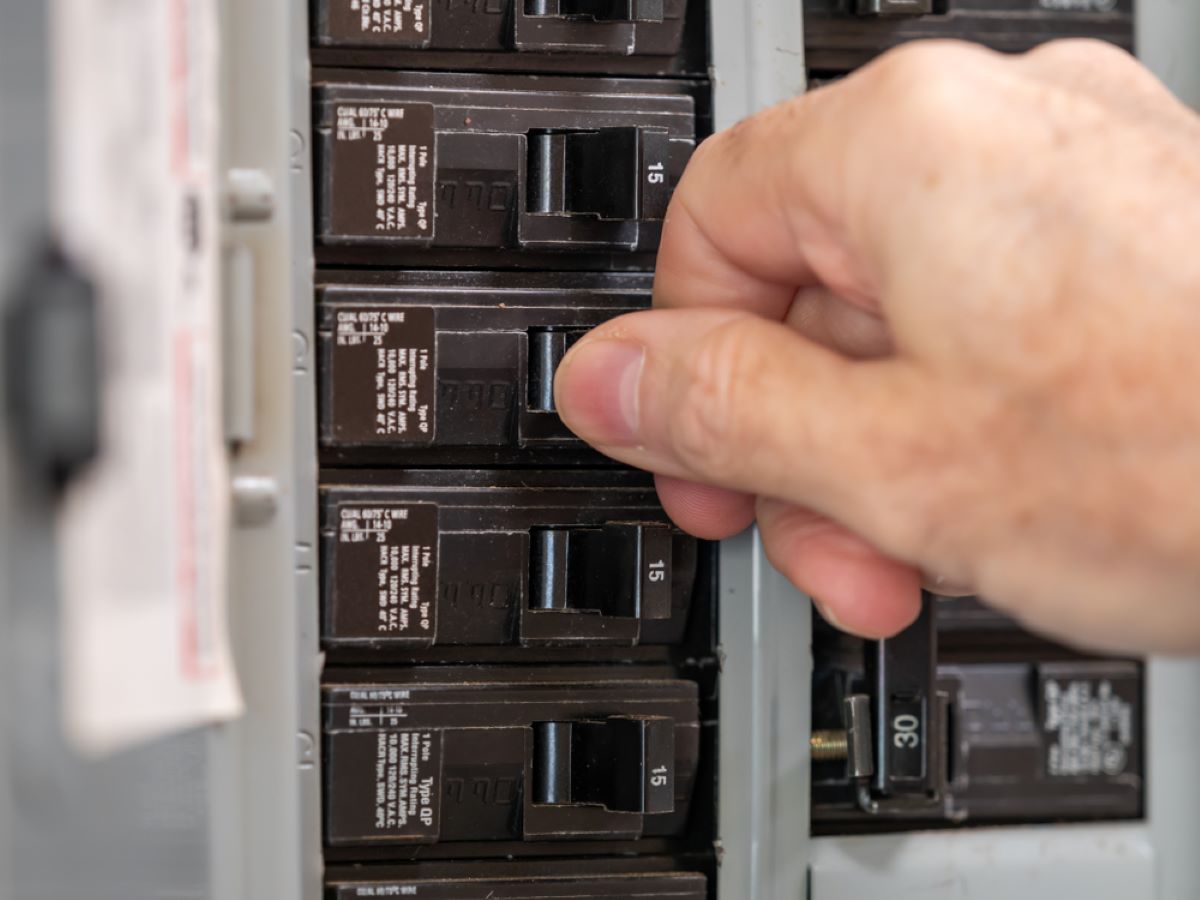
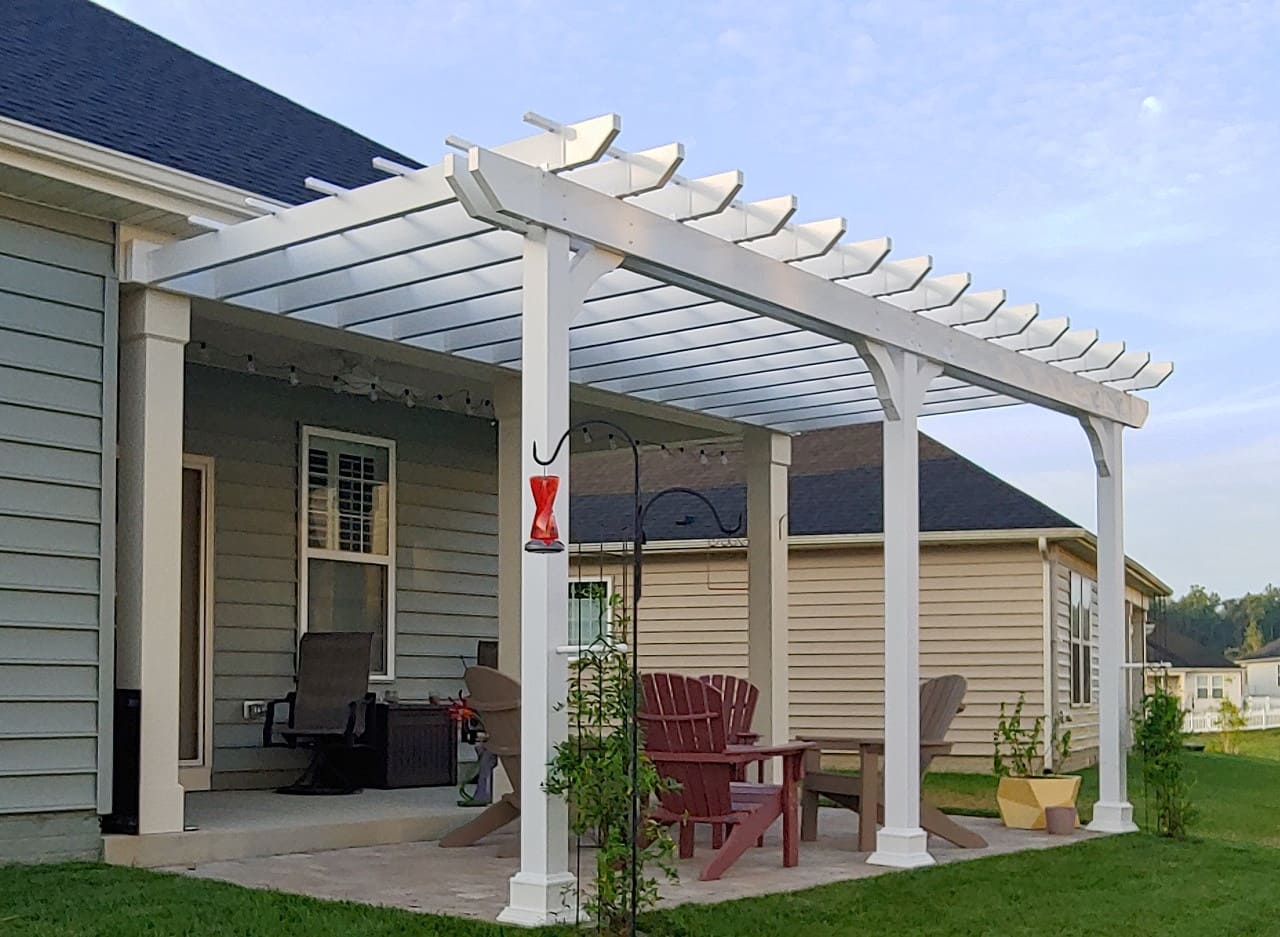



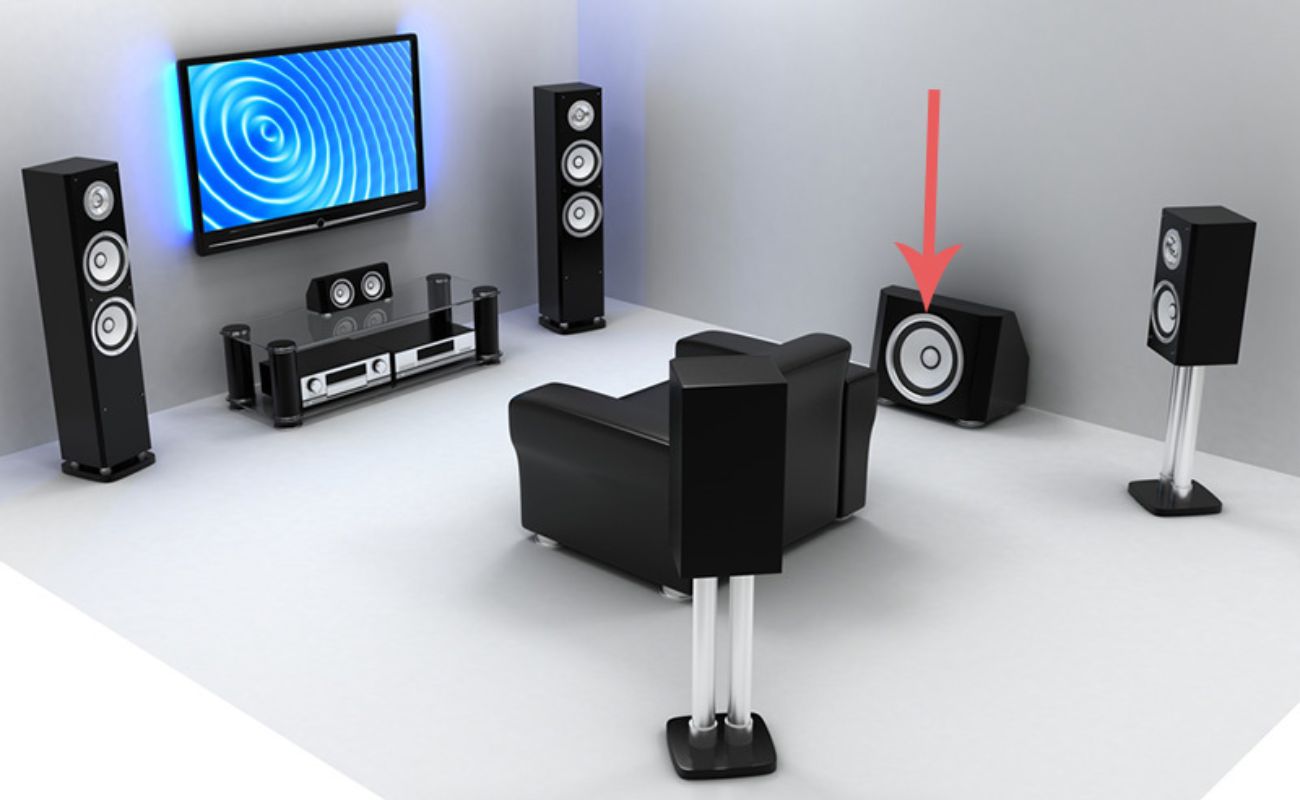

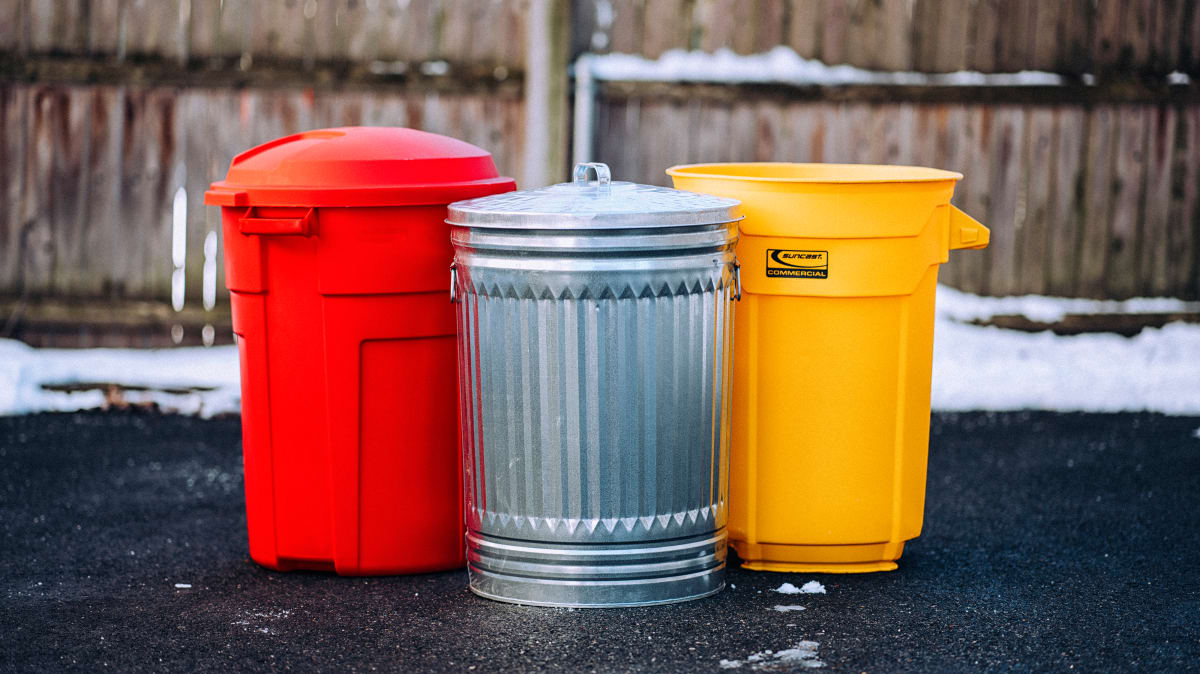
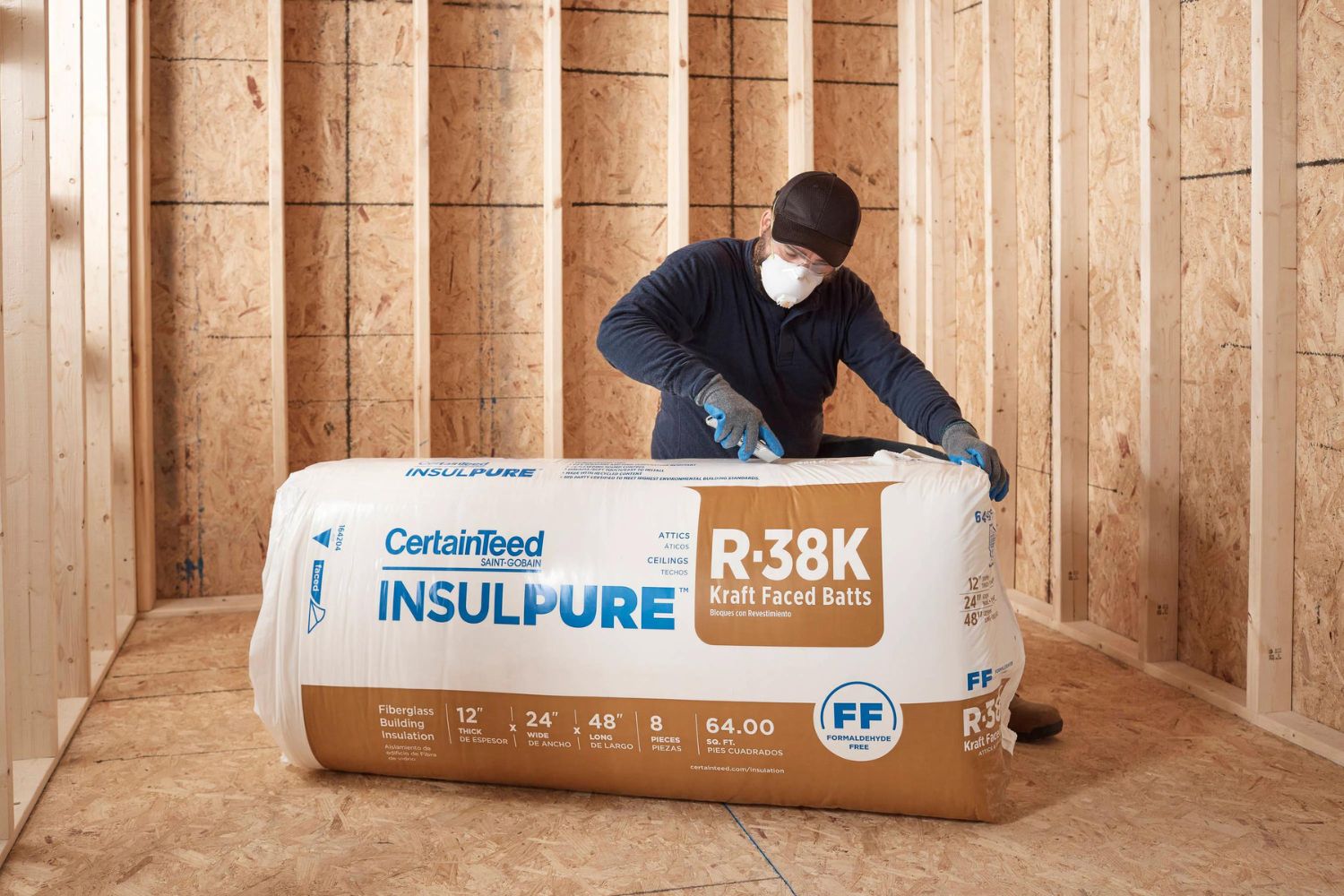
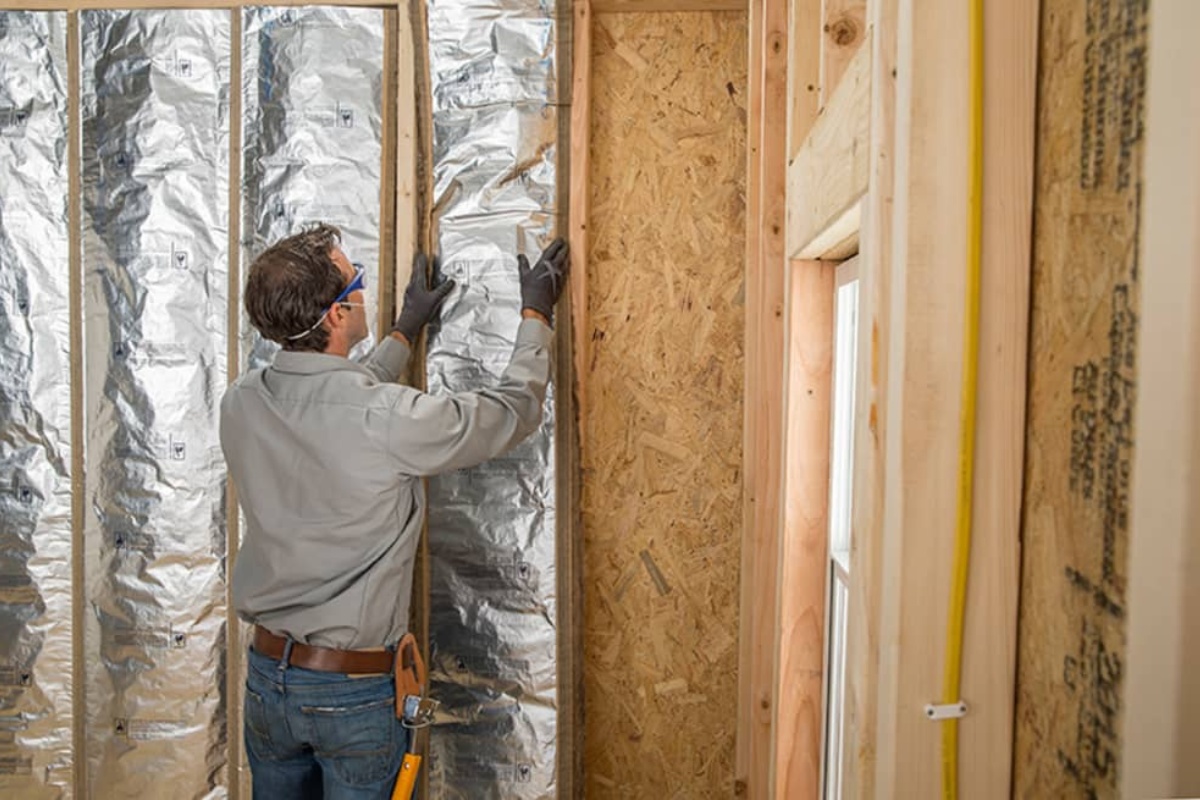
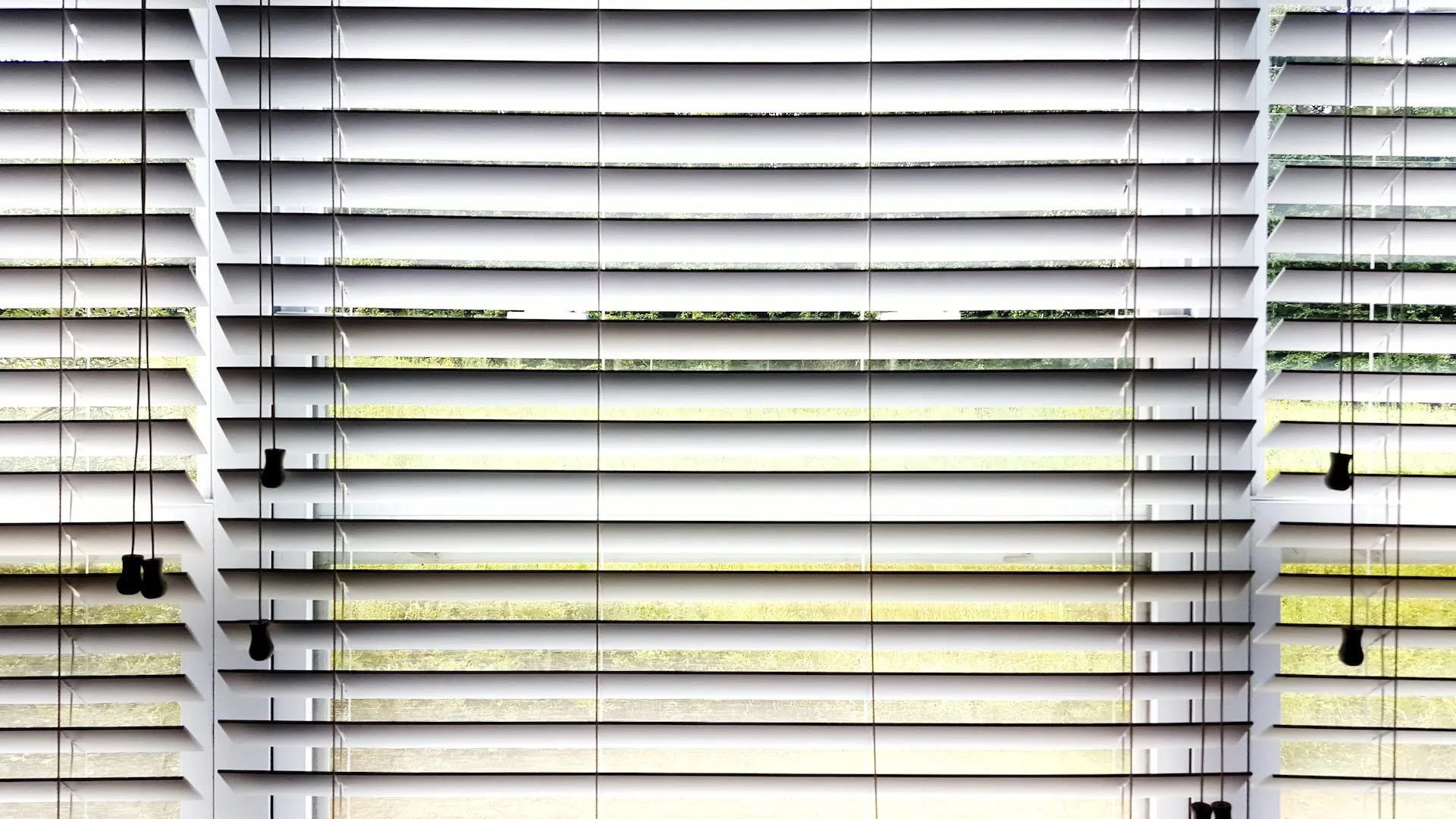
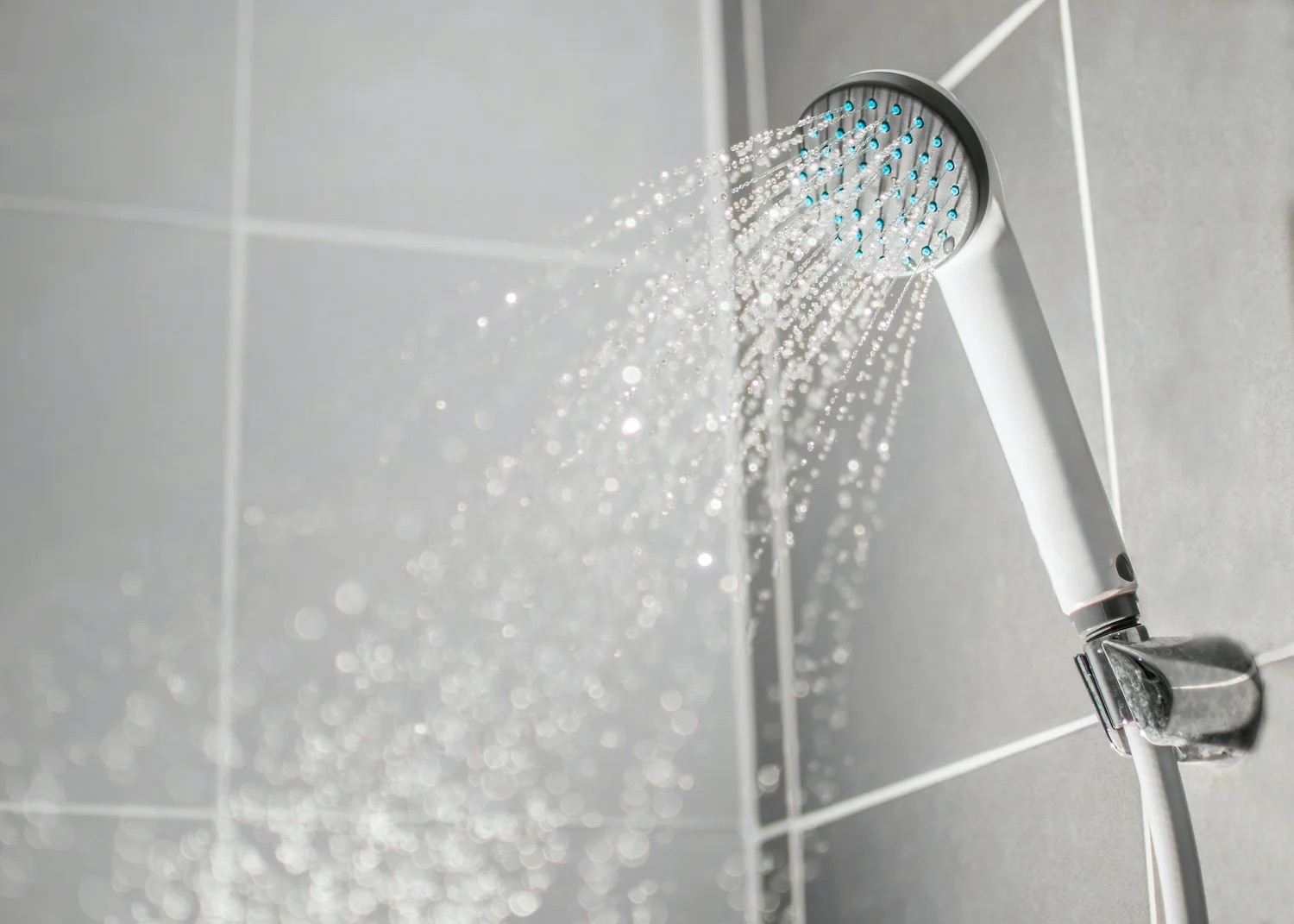
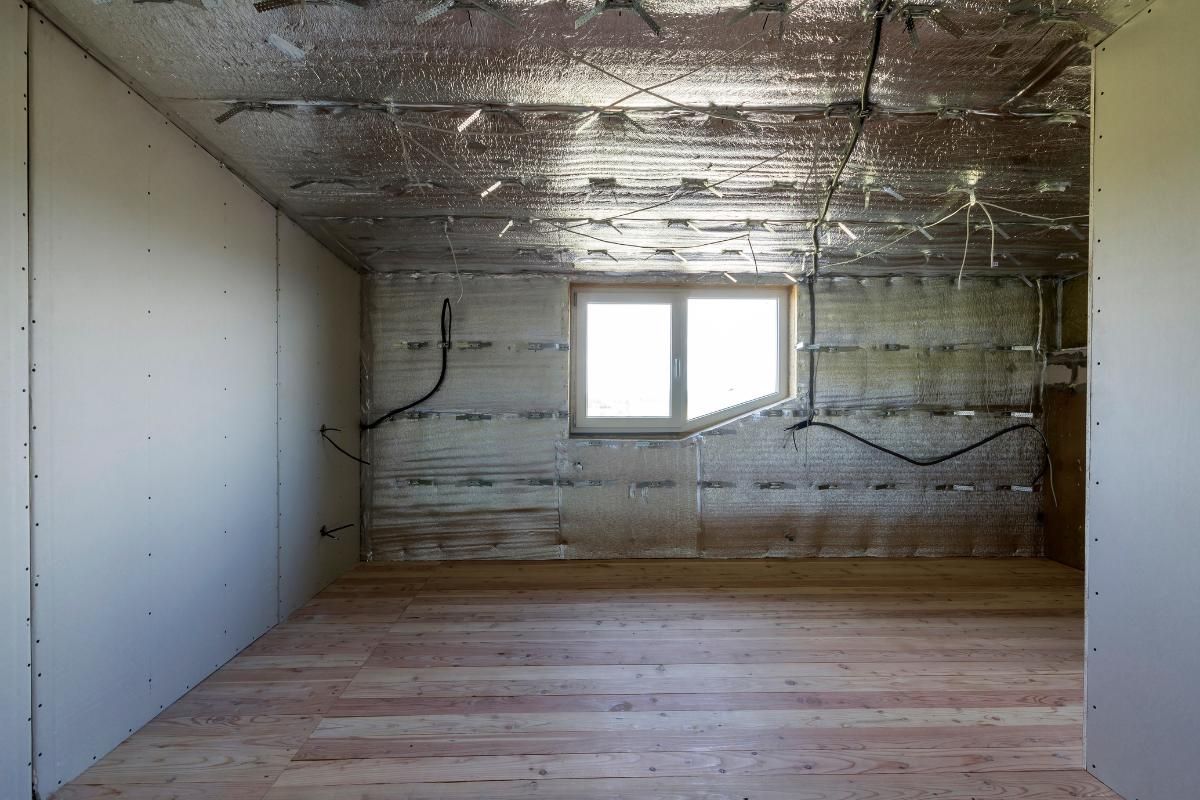
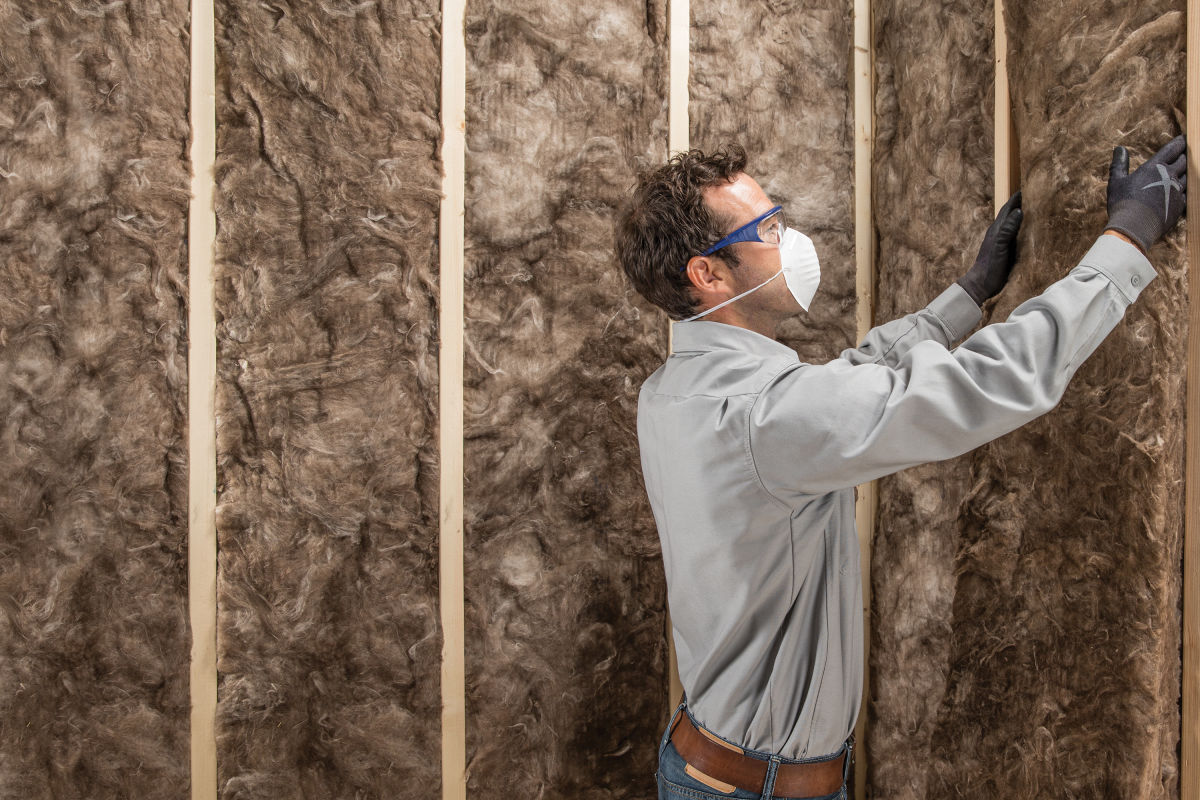

0 thoughts on “Which Way To Face Insulation”